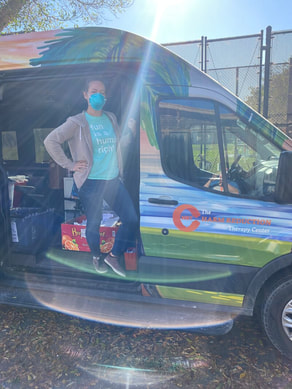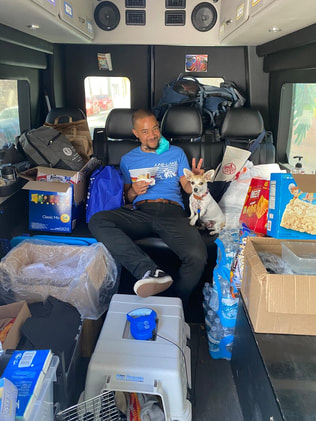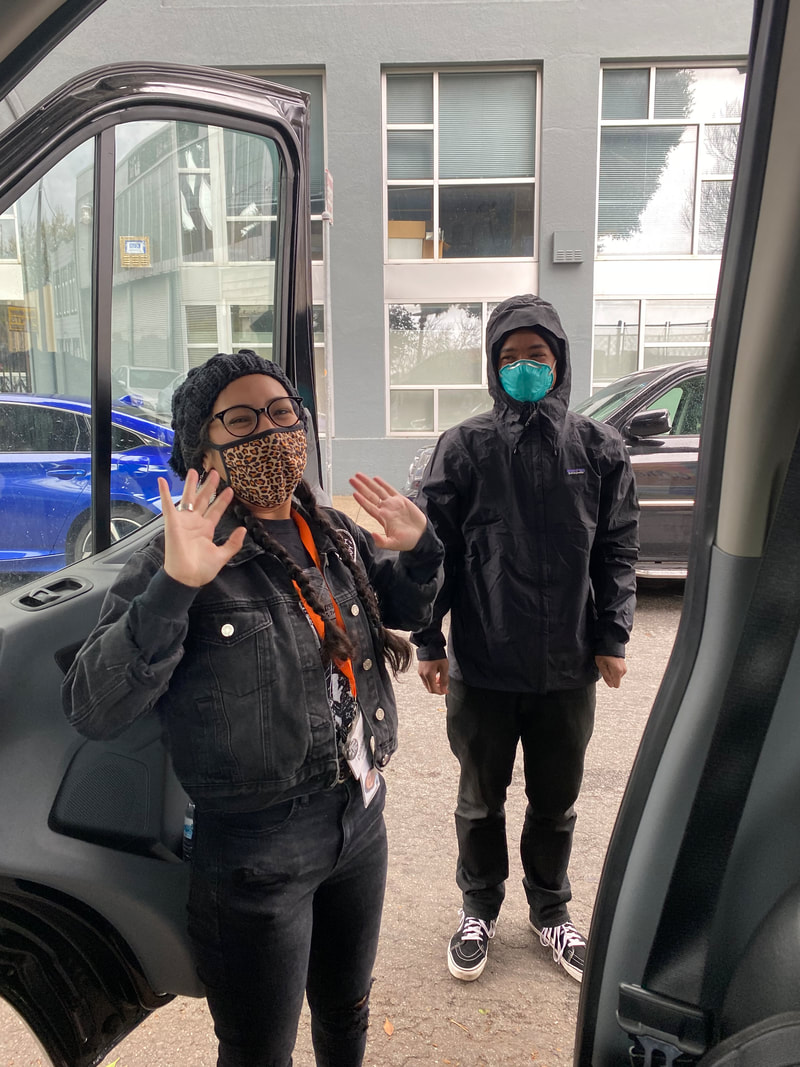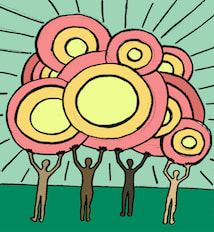The 2020 Annual Homelessness Assessment Report to congress (pre-pandemic), reported a 2% increase in the homeless population of the US over the previous year and a 7% increase in people sleeping outdoors. While many urban areas have resources for people experiencing homelessness, they can be difficult to find without internet access and a charged mobile phone. This became increasingly problematic during COVID-19 shutdowns as public buildings like libraries and even coffee shops closed their doors, leaving people on the street with no access to electricity and dwindling resources. During the COVID-19 pandemic, Unite to Light provided over 3,000 of our Chandler Chargers to people experiencing homelessness across the US. These simple solar powered battery banks offered a piece of stability to those struggling with uncomfortable unknowns everyday. An integral part of this program was our distribution partners who are on the front lines helping people experiencing homelessness every day. One of those partners was the Harm Reduction Therapy Center (HRTC), established to bring therapeutic services to the San Francisco homeless population.
In addition to Julia, there was also Mark*, an HRTC client experiencing homelessness. He had applied for a job during the pandemic and had a phone, but struggled to keep his phone charged. HRTC gifted him a Charger and he was able to answer his phone when an employer called to offer him a position. Now he’s had consistent work, thanks to being reachable. Every client had a similarly moving story and attested to the importance for themselves. Some even asked HRTC to help their friends! One client said, “You guys are rad to still come out here--all the food places are closed where I used to go. My therapist gave me a phone and charger last week when I was here so I could talk with her--do you think you have another for my friend? He needs his phone for work, but there isn’t any place to charge it right now, ‘cause everything's closed.”
1 Comment
10/25/2022 02:07:11 am
A typical residential home uses alternating current (AC) electricity. AC is normally delivered via electricity transmission lines, which run along roads and highways, and is transmitted to local substations. These substations convert the electricity into direct current (DC), the type used to power household devices. The electricity produced at substations ranges from 120 VAC/240 VAC to 277VAC/500 VAC depending on the locale.
Reply
Leave a Reply. |
Archives
July 2024
Categories
All
|
|
Unite to Light is a not-for-profit 501(c)3 corporation (EIN: 27-2942180).
All donations are tax deductible. With a billion people living in darkness, we have a lot of work to do! Address: Unite to Light, 1117 State Street #19 Santa Barbara, CA 93101 Phone: (805) 617-0590 Email: [email protected] |
IMPACT IN YOUR INBOX
Stay in touch as we light lives. |
© Unite to Light. All rights reserved.




 RSS Feed
RSS Feed
